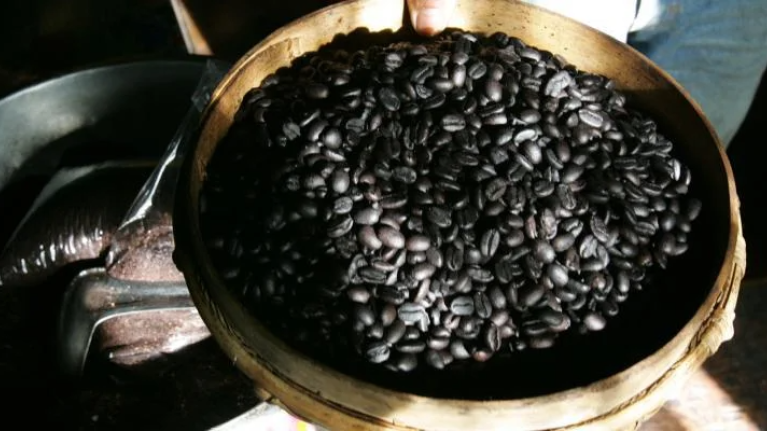
How is the taste of coffee determined?
When it comes to coffee, there is an enormous amount of choice and 'good coffee' is in the eye of the beholder. That makes choosing the right coffee for your organization a complex task.
Types of coffee beans and the way they grow
The environment, the height and the climate in which the coffee bean is grown naturally influences its taste. The two most popular types of coffee beans are Arabica and Robusta.
Arabica beans have an aromatic taste and result in milder coffee. These beans grow best in mountainous climates. Because they are less easy to grow, Arabica beans are generally more expensive than Robusta beans. Robusta beans are popular because of their strong taste and they grow in more varied climates.
Picking, washing and drying coffee beans
The coffee bean comes from the berries of a coffee plant. The berries are ripe enough to pick after about 8 to 11 months. In many countries, this is still done by hand. There are two '' pips '' in the berry ... coffee beans! These beans are dried after harvest and then roasted.
Roasting coffee beans
A light roasting gives the bean milder taste and is widely used with the highest quality beans. A darker roasting gives stronger aroma but this smoky-sweet taste can be somewhat bitter.
Making coffee
Did you know that you get two completely different flavors if you prepare an espresso or filter coffee with the same coffee bean? The brewing method determines the taste, as does the water. With bean coffee, the coffee is extracted from the beans, which is why it is called extraction. That’s different with instant coffee, which is dried coffee in powder form. It makes making coffee very easy to prepare as you just pour hot water over it. It is also called instant coffee or freeze-dried coffee. This is because it is made from concentrated coffee water vapor drops, which are spray-dried in hot air or freeze-dried.
The caffeine content of coffee
The amount of caffeine differs per type and coffee. Robusta beans, for example, deliver about twice as much caffeine as Arabica beans. But that’s not the only thing that influences the caffeine content. The roasting method and the brewing method also play a role.
Because espresso has a stronger taste than regular coffee, many people think that a cup of espresso contains more caffeine. That is only partly true: per the same amount, espresso does contain more caffeine - about 200 mg versus 40 mg - but a cup of filter coffee contains about twice as much caffeine as an espresso! The caffeine content per cup depends on the brewing method, the extraction time, the grammage and the caffeine per bean.